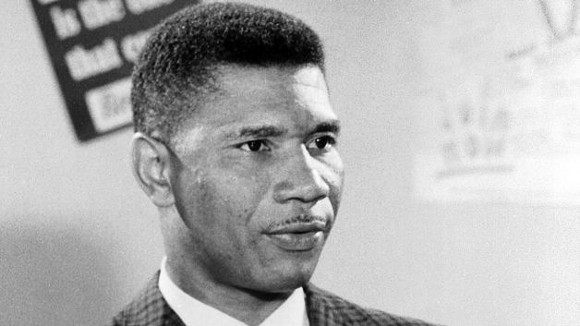
Medgar Evers was a popular figure in the American history for his reputation as an African-American civil rights activist. He actively participated in overturning segregation at the University of Mississippi. He was the field secretary of the National Association for the Advancement of Colored People (NAACP). A member of the White Citizens’ Council assassinated Evers.
Medgar Wiley Evers was born on July 2, 1925 in Decatur, Mississippi. The Everses worked at a small farm from which they made their living. Evers had to walk twelve miles each day to get to school and eventually received a high school diploma. He was drafted into army during the Second World War and fought bravely at the European Theater and the Battle of Normandy. Later he was discharged honorably as a sergeant. Upon his return from war, Evers went on to attend Alcorn College where he earned a degree in Business Administration and a Bachelor Arts. He actively participated in extracurricular activities such as debate, football, and track teams and also ran for class president. Evers got married in 1951 to classmate Myrlie Beasley.
Upon completion of his studies, the couple moved to Mound Bayou, Mississippi. Evers took up a job of a salesman for Magnolia Mutual Life Insurance Company. The head of the insurance company was president of the Regional Council of Negro Leadership and Evers helped them organize several campaigns. One of the campaigns was boycott of filling stations which denied blacks use of the stations’ restrooms. When he applied for University of Mississippi Law School in 1954, his application was rejected as the institute was still segregated. He was appointed the NAACP’s first field secretary for Mississippi, in 1954. He helped organize boycotts and built new chapters of NAACP.
Medgar Evers’s relentless efforts for Civil Rights Movement and investigative work made him a target of white supremacists. The hostility directed towards him grew as the day of assassination neared. His vocal support of Clyde Kennard and murder of Emmett Till rendered him a prominent leader for African Americans. On June 7, 1963, he was nearly run down by a car after he emerged from the Jackson NAACP office and several other such unnerving accidents occurred. A few days later on June 12th, when Evers pulled into his driveway with colleagues, after the broadcast of President John F. Kennedy’s speech on national television in support of civil rights, Evers was shot dead. An Enfield 1917 rifle was fired from the back that aimed at his heart. When he was taken to the hospital the staff prohibited his admission on account of his color but when explained his position, he was admitted. However, it was too late for medical treatment and after fifty minutes he lost his battle for life.
Evers death was mourned all across America and he received full military honors at his burial at Arlington National Cemetery, on June 19th. Shortly after a fertilizer salesman and member of the White Citizens’ Council, Byron De La Beckwith, was arrested for Evers’s murder. Since the jury was consisted solely of white men twice that year, the case was deadlocked. After three decades when previous trials were unable to reach a verdict, the case had a break as some new evidence resurfaced. To substantiate the case Medgar Evers body was exhumed for autopsy. The court found De La Beckwith guilty and convicted him on murder charges in 1994. Thus, Evers family eventually found justice after years of legal battle.
